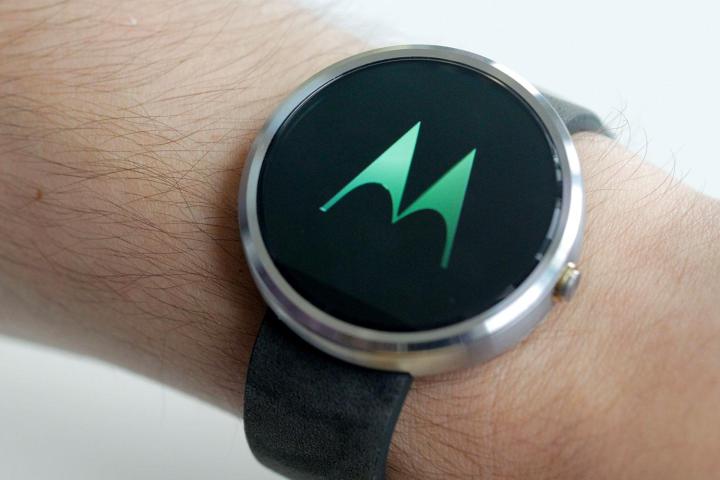
The incentive for Google is the massive and mostly untapped market for Android Wear: iPhone users.
The app, reportedly still in the prototype stages, supports many of the features Android Wear users have grown accustomed to. It mirrors notifications and Google Now information cards, and should interplay with Google’s preexisting iOS catalog (think replying to a Gmail message or texting with Hangouts). Voice search and actions are also candidates for inclusion.
According to CNet sources, the app may debut alongside an updated version of Android Wear. Reportedly scheduled for release in the next few weeks, the new firmware will bring recently rumored gesture control and Wi-Fi connectivity to eligible devices.
Just how deeply the in-development companion app will integrate with iOS system-level components is unclear, but the Verge notes that the cross-platform Pebble smartwatch supports music playback and companion apps on iPhone. Independent app developer Mohammah Abu-Garbeyyeh has managed to get actionable iOS notifications and calls working on a Moto 360 paired to jailbroken devices. Google’s solution would have to abide by the terms of Apple’s Developer Agreement, of course, but a fully-featured iOS experience appears feasible.
The incentive for Google, here, is a massive and (mostly) untapped market. Apple sold an astounding 74.4 million iPhones last holiday season, and iOS accounts for 19.7 percent of global smartphones. Those are numbers could potentially boost Android Wear device sales, which have so far disappointed — they accounted for 720,000 units, or 15.6 percent, of wearable products shipped in 2014.
Other than the elephant Apple Watch in the room, though, Google will have to contend with another potential blockbuster: the Pebble Time. The successor to the popular Pebble became Kickstarter’s most-backed project last month, earning more than $20 million from 78,471.
The wealth of choice that Android Wear offers is its strongest asset. Smartwatches range from $200 on the low end to $300, far cheaper than the Apple Watch and comparable to the $200 Pebble Time. And the designs — from square or classic round to sporty — are far more diverse than the customization options on either platform.
Android Wear Product Manager Jeff Chang told the Huffington Post last October that iOS compatibility was a possibility, and it seems that may be playing out. Google’s been consistent about
Hopefully we’ll learn more as the tentative release date approaches.
Editors' Recommendations
- Nomad’s new iPhone case and Apple Watch band may be its coolest yet
- 5 phones you should buy instead of the iPhone 15
- iPhone 16: news, rumored price, release date, and more
- iPhone SE 4: news, rumored price, release date, and more
- 3 reasons why I’ll actually use Anker’s new iPhone power bank


